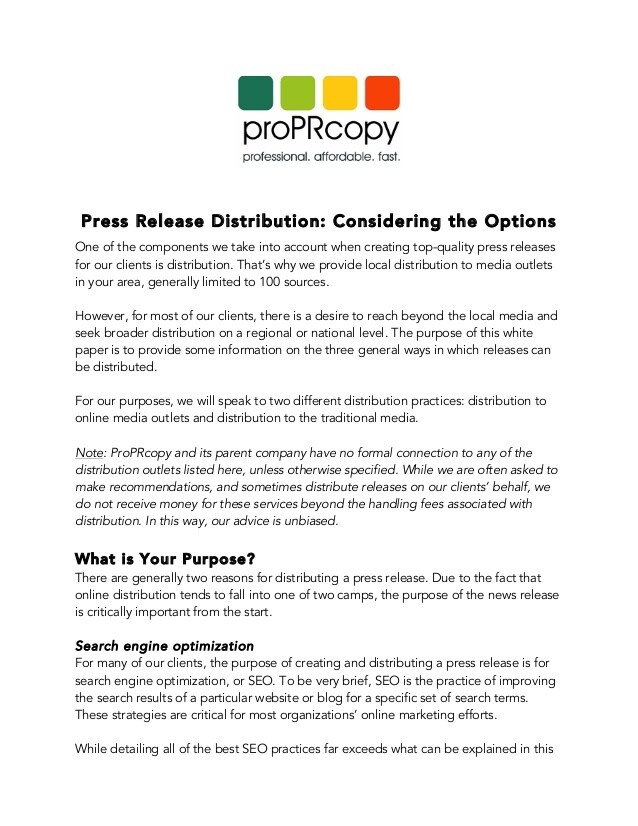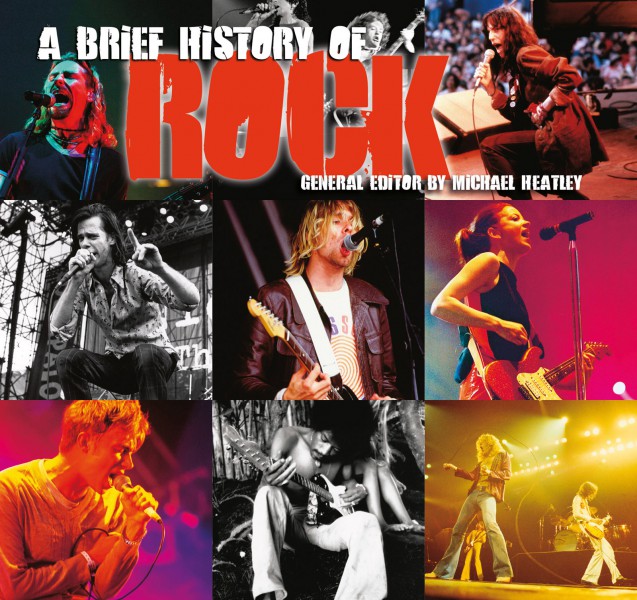[ad_1]
The beauty of digital technology in music production is the simple fact that we can save our work in any condition at any time and recall them in the exact same settings as when we left off (a fact I’m sure many musicians and engineers take for granted). Another benefit is the use of automation: that is we can automate parameters within our music production software. Most of the major software allow full automation of virtually all parameters, therefore placing the limit on our creativity alone.
Automation maybe a feature that many musicians pay little attention too, especially those who are just starting out. At first, automation may seem like a tedious job, and can be a major turn-off since it isn’t the most intuitive thing to do. But proficiency using automation in our music production, whether in the music arrangement stage or the mixing stage, will allow us to explore creative avenues otherwise blocked if we neglect automation.
Using automation in composing and arranging music
This technique may be used more heavily in electronic dance music production than any other style. Listen to the leading contemporary electronic dance tracks, and you can listen to the detailed programming of synthesizers and effects take place to create a stunning soundscape worthy of dance floors all around the globe. Automation is used in EDM production, as a way to manipulate filter controls and other controls that shape the sound of the instruments in the arrangement. It can also be used to bring an instrument in and out of the mix, not only by volume, but also by cut-off frequency and resonance (I’m sure you’ve heard this technique before in EDM). Further use of automation in arranging might be to make effects kick in mid-song, or bring it out during a different part. For example, adding delay to the guitar at the chorus, or increasing the reverb on the snare during the bridge.
Using automation in mixing music
Which leads us to the more subtle use of automation: to mix music. Sometimes, you dial in a perfect EQ for the piano during the verse, but then realize it doesn’t suit the chorus. You could split it up to a different track (which is easier actually), or you could automate the EQ during the chorus. For the vocals, you might add more reverb or switch to a different delay for the coda, to bring it out and add some majesty to the part. The use of automation for mixing is virtually limited only to our creative imagination, as there are a myriad of “weird” effects out there (some of them free too) that can give even weirder sounds when combined with automation.
To your automation discovery,
Endy
[ad_2]




